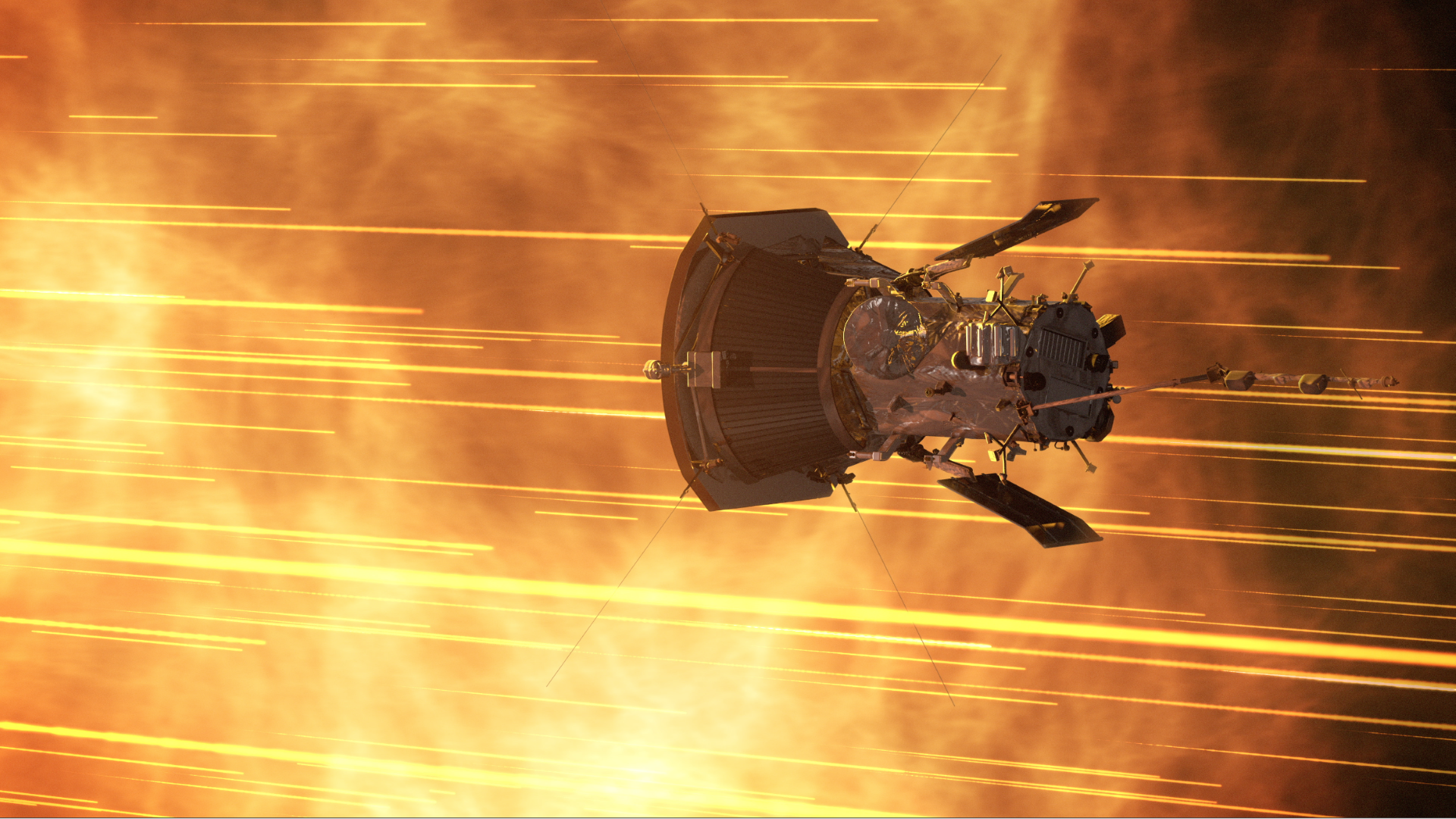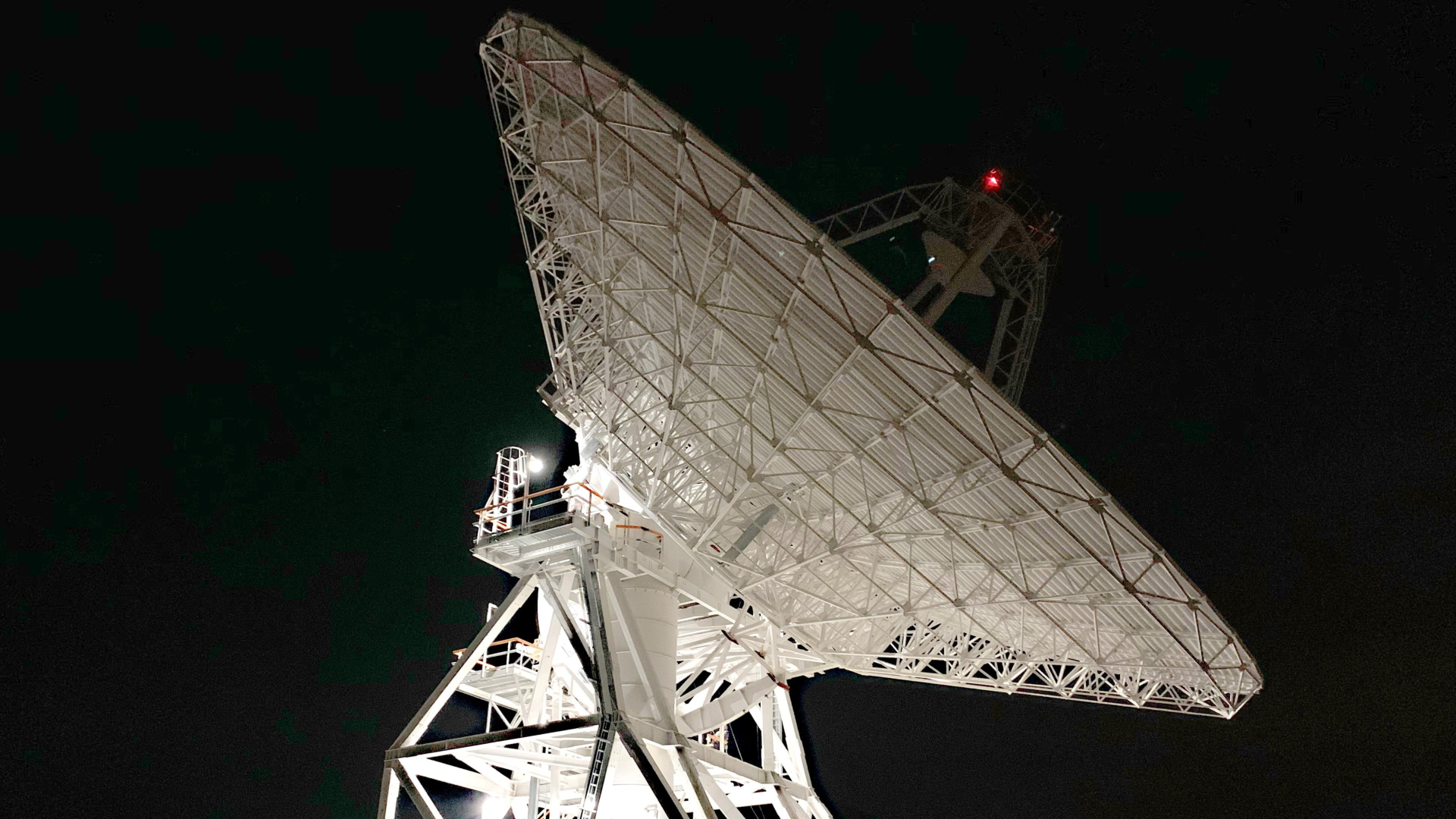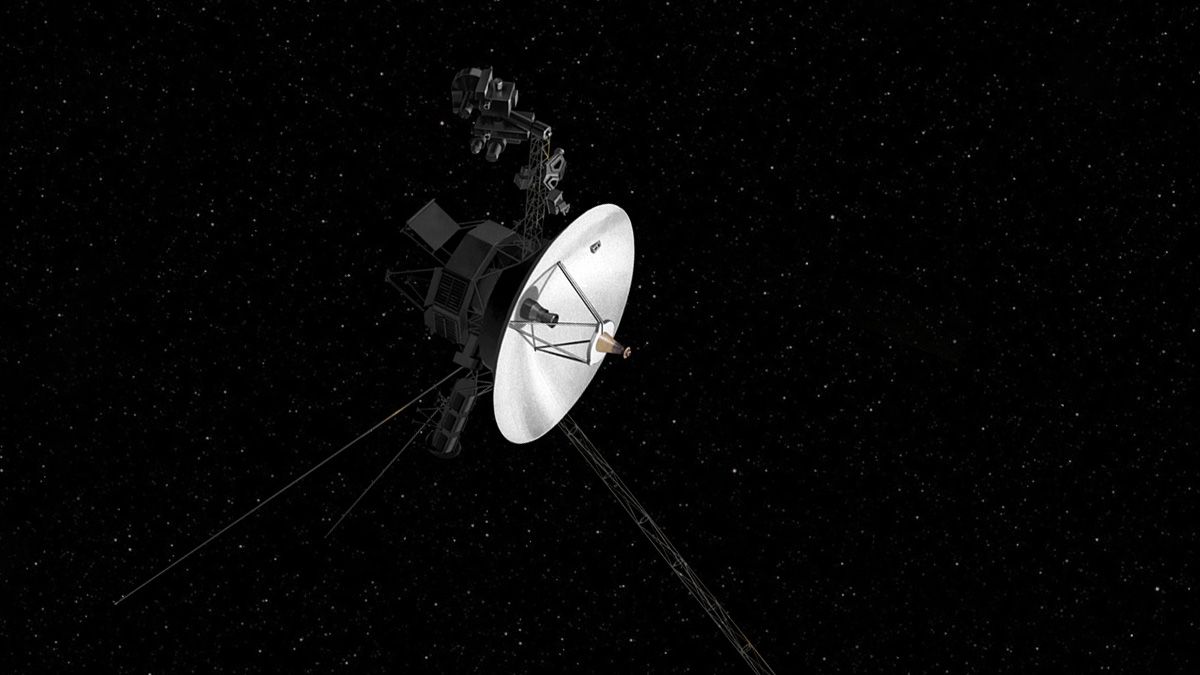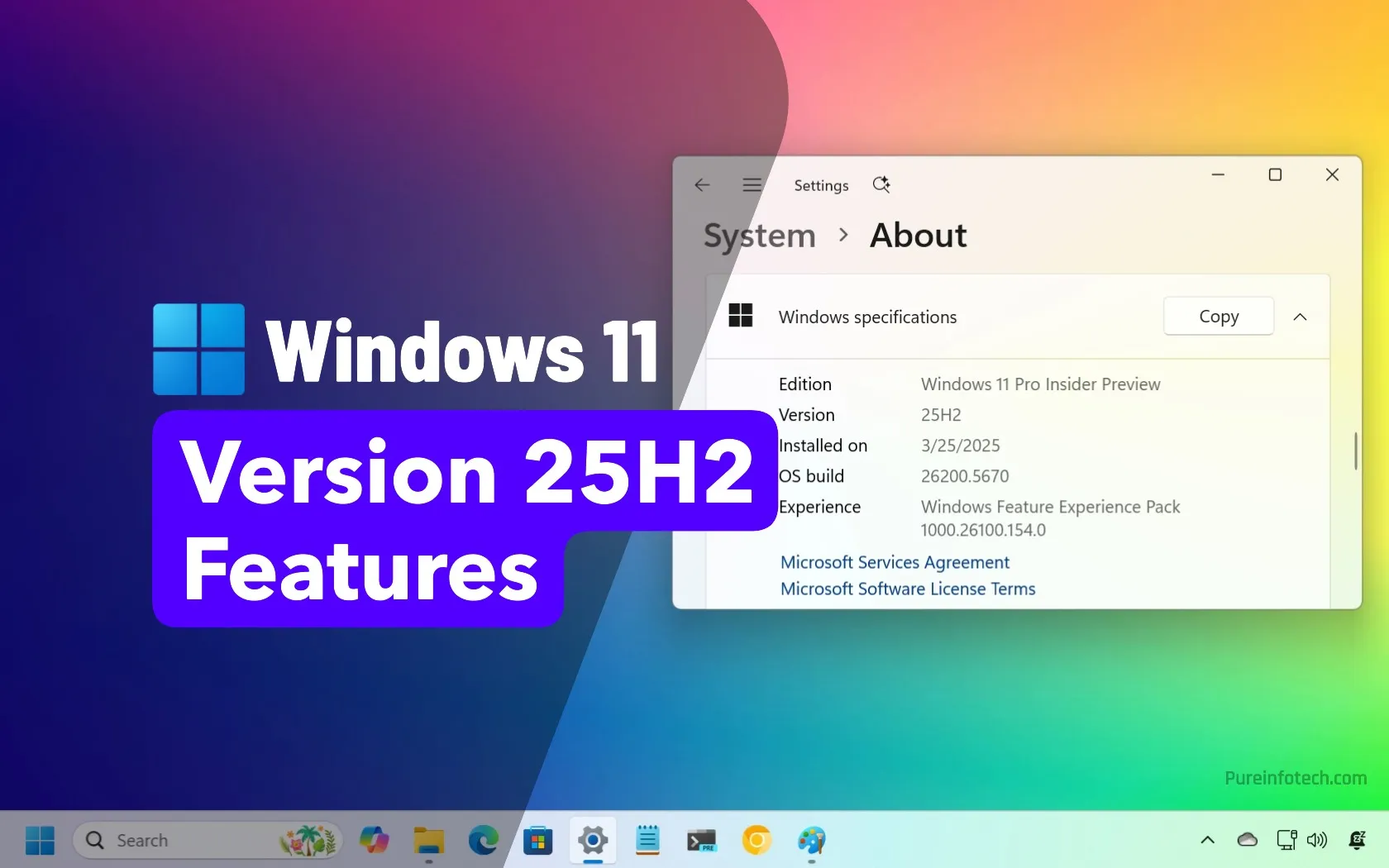
Every once in awhile, NASA publishes a photo of something in space taken by one of their probes. But how exactly do probes in deep space send those photos back to us on Earth? Well, it’s actually pretty simple, and you use technology operating on similar principles every day without realizing it.
NASA Uses Wireless Data Transmission to Communicate With Probes
Wireless data transmission sounds like some science-fiction term, but not only is it very real, it’s incredibly common. You’re probably using wireless data transmission to read this article right now. Wireless data transmission is exactly what it sounds like—the transmission of any type of data without the use of wires. Listening to your car radio, accessing the internet with Wi-Fi, and making phone calls with your phone are all examples of wireless data transmission.
In most of those cases, the data is transmitted by radio waves. These waves, part of the electromagnetic spectrum, are sent from one device, such as your Wi-Fi router or a cell tower, to another, like your laptop or smartphone. These waves can be blocked or affected by obstacles and distance, which is why your Wi-Fi connection might be subpar when you are far away from the router or have many things between you and it.
The exact science of how data is stored and interpreted in these radio waves can be extremely complicated, but for our purposes, just know that information can be transmitted via radio waves. That includes sound, visuals, sequences, and more. That’s why NASA uses wireless data transmission to communicate with their deep-space probes. Still, they are very far away, and if distance impacts the strength of radio waves, that should be a problem, right?
Well, NASA’s equipment is a bit more powerful than what us regular folk have at our disposal.
NASA’s Deep Space Network Sends and Receives Radio Waves
Have you ever seen one of those enormous radio dishes in the middle of the desert, be it in a movie, game, or even in-person? Those building-sized dishes are used to send and receive signals from deep space. The ones operated by NASA’s Jet Propulsion Laboratory are part of their Deep Space Network or DSN.
These giant radio antennas are the most powerful telecommunication devices made by man, and there are three different sites around the world. Each site is equidistant from one another, approximately 120 degrees apart in longitude, and they are located near Canberra, Australia; Madrid, Spain; and Barstow California, respectively. There’s a good reason for this positional setup.
The primary way for NASA to communicate with their deep space probes is to send information to them via radio waves. The big radio dishes of the DSN are pointed directly at spacecraft far from Earth. They can beam radio waves directly at the spacecraft, which will receive those radio waves with a transmitter of their own. This is how NASA gives instructions to their many operating probes after they are already deployed and far away.
This is also why the DSN stations are equidistant from each other, 120 degrees apart—one of them is able to see NASA’s probes at all times. There’s not a single moment of the day when a radio dish of the DSN doesn’t have a NASA spacecraft in sight. This also means that the spacecraft in question can send information back to Earth with radio waves of its own, because there is always a dish pointed at it and ready to receive the transmission.
That’s why the dishes of the DSN are so massive, as well. Space is enormous, and though radio signals can travel millions of light-years, they would be incredibly faint and hard to detect by the time they reach Earth. This is especially true for the radio waves generated by NASA’s deep space probes, which don’t have the capacity to generate incredibly potent radio waves of their own. The size of the DSN dishes ensures they can capture even the weakest of signals.
Of course, NASA is already upgrading its deep-space communication methods. There are relatively new hybrid dishes in the DSN that are capable of communicating via radio waves and optical signals. This hybrid antennae, called Deep Space Station 13, outperforms the classic dishes and their solely radio communications by using lasers to transmit data.
Both forms of communication travel at the speed of light, so optical signal transmission isn’t any faster in that regard, but the upload and download speeds of information are much different. The rate of data transfer for optical signal transmission is 15 megabits per second, around forty times faster than radio wave transfer. As NASA continues to develop this technology, they’ll be able to send and receive more advanced information at higher transfer speeds than the DSN has traditionally been capable of.
Ultimately though, optical transmission is just a more efficient method of the radio wave option. This is how NASA receives photos taken from their deep space probes. It’s most often just the transmission of radio waves, not at all dissimilar to the regular household devices you use every day, taking place over a much further distance. In the future, lasers will likely take over this role completely.
The Limitations of the DSN for Future Missions
The DSN is an incredibly valuable asset to humanity and their dreams of future space exploration. Even though it’s been fueling our curiosity for over fifty years, it will one day fall short of our needs. That day might not even be too far off in the future, and it’s not because of the DSN specifically, but the limitations imposed on us by physics.
Even though the deep space probes NASA communicates with are very far away from Earth in many cases, relatively speaking, they can communicate with us quickly. That’s because radio waves travel at the speed of light—186,000 miles per hour. This incredible speed means we can send and receive transmissions with far-off spacecraft fairly quickly. For instance, Pluto is only 263.2 light minutes away from Earth, so we could send a radio transmission there in just over four hours.
That’s not a big deal when communicating with unmanned spacecraft, but it’s a major issue when considering manned missions anywhere further than the Moon. If there was an emergency on a manned mission, several hours of communication delay could spell disaster. Following our Pluto example, not only would it take over four hours to send a message to Pluto, but it would take the same amount of time to send a message back as well.
This problem only grows more significant the further out we want to explore the universe, even with unmanned spacecraft. There will come a time when our spacecraft are so far away from Earth that it will take years to send or receive transmissions. A spacecraft could be destroyed or rendered inoperable, and we wouldn’t even know it for several years. If new instructions need to be sent to the spacecraft, that’ll take years too.
Considering these future issues with communication lag, there’s no denying that, one day, we’ll need something besides the DSN to facilitate efficient space exploration. But until that time comes, we’ll continue to receive some awesome images from NASA’s deep space probes, courtesy of some really big radio dishes.
Source link











